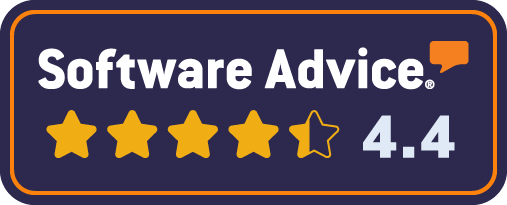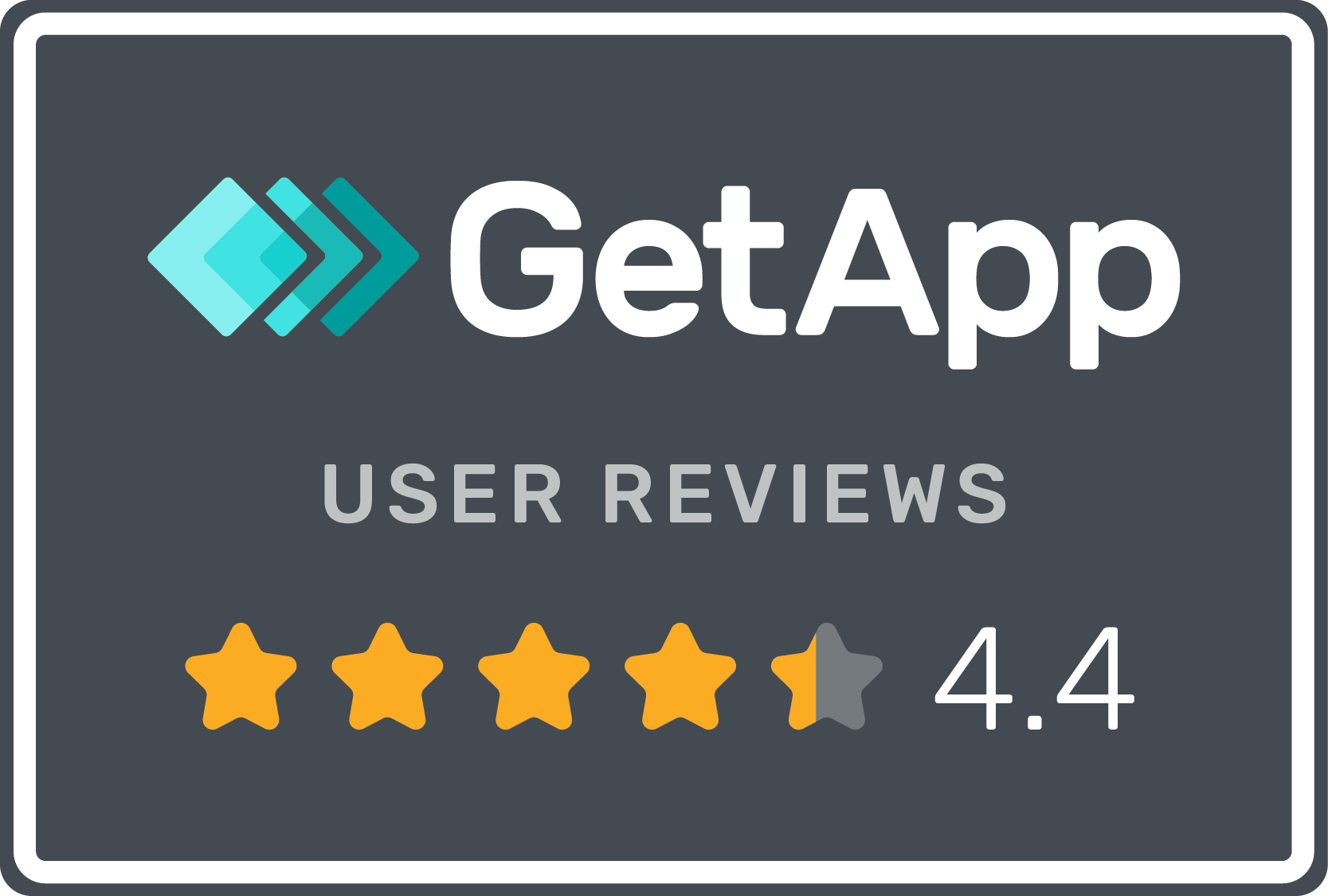CV parsing.
what is cv parsing?
CV (curriculum vitae) parsing is a way for human resources managers and recruiters to save time while still finding candidates with the right experience and skills. CV parsing, also known as resume parsing, resume extraction, or CV extraction, is the process of turning a document into structured data so that it can be searched by artificial intelligence (AI) software.
CV parsing also saves candidates time. The parsing process normally begins during the application phase. When a candidate uploads a resume in Word or PDF format, the applicant tracking system (ATS) with a CV parser will search the document, looking for keywords, and format that data into an online application. From this point, the candidate can go through the application and make corrections to anything the parser may have gotten wrong. CV parsers can also parse cover letters.
This works on the principle that it’s much easier for the candidate to verify their data than to ask them to write it all out again, especially when most of the required information is already held within their CV.
types of cv parsers.
Here are the three main types of CV parsers:
keyword
When using a keyword-based parser, the software will search for specific keyword phrases or patterns. These types of parsers typically have their own internal algorithm that will analyse the surrounding text to determine the relevancy of the keywords. This can often lead to inaccuracy. While this is the easiest type of parser, it is the least accurate, averaging around a 70% accuracy rate.
grammar
Grammar-based parsers are more accurate than keyword or statistical parsers, coming in at around 90%. However, this increased accuracy comes with a more complicated process as it will require a language engineer to spend time programming specific parameters to get it right. These types of parsers combine different keywords and phrases to better extract meaning from each sentence or bullet point on a CV.
statistical
By treating the text as numerical data, statistical parsers distinguish between different uses of a word and its surrounding context to properly identify different parts of the CV. This type of parser is more accurate than a keyword parser but not quite as accurate as a grammar parser.
benefits of cv parsing.
The primary benefit of CV parsing is the time it saves both candidates and human resources teams. Here are the other main benefits:
allows for easier uploading
Most CV parsers can read multiple file formats. This makes it easier for candidates to upload their CV, regardless of the format they are using.
enables smarter hiring
CV parsers are able to analyse every CV and identify the right data to find the right candidate. It allows for a wider variety of candidates with the right experience to be screened for the role.
keeps everything centralised
Most CV parsers integrate with applicant tracking systems (ATS), allowing you to keep all of your hiring and candidate information in one central resource.
eliminates bias by anonymising CVs
The CV parsing technology within hireful’s ATS is able to break the CV down into it’s component parts (e.g. work experience, education, name, date of birth etc). Our ATS can then rebuild you a new anonymised CV with the candidate’s personal details and any other irrelevant information removed. By using anonymised CVs you are able to reduce the impact of bias at the interview selection phase.
casts a wider net
Many CV parsers are also able to parse social media sites like LinkedIn. This, again, offers candidates one more option when submitting their CV and ensures that your organisation has cast the widest net possible for the role.
drawbacks of CV parsing.
There are a handful of drawbacks to using CV parsing.
language differences
There are so many ways to say the same thing, and unfortunately, CV parsers are not always able to distinguish between them. The differences between “pig farming” and “working on a farm with pigs” are not that huge, but some CV parsers may not be able to identify that these two phrases basically mean the same thing.
overlooked candidates
While the perfect candidate for your job may or may not exist, it is possible for a CV parser to miss the perfect candidate because of a poorly worded cover letter or resume. While it’s not common, there is always the chance for an error when using an automated system.
a more streamlined hiring process.
CV parsers can lead to a more streamlined hiring and interviewing process for many organisations. While they can be challenging to get right, with the appropriate amount of training and education, a CV parser may be a boon to your organisation.
At hireful, we help human resources departments make the best hiring decisions for their organisations. With our ATS expertise and in-depth knowledge of how to streamline HR processes, we help our clients make the most of their human resources. Contact us today to book a demo and find out how we can help you.










